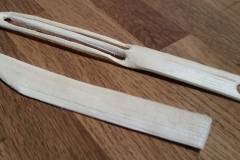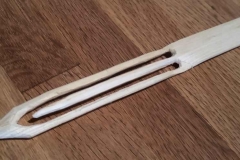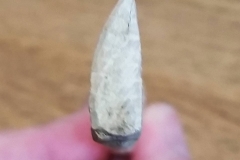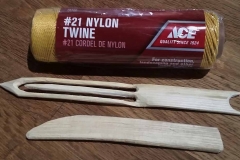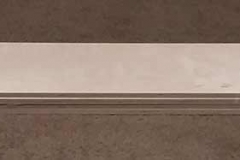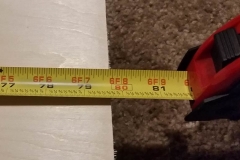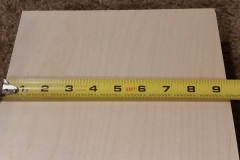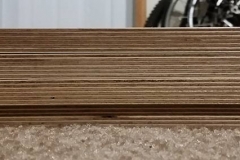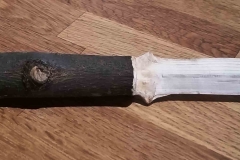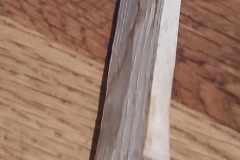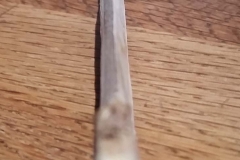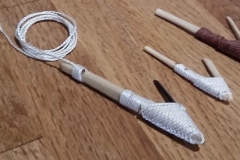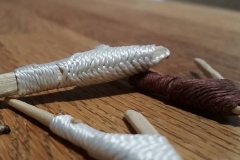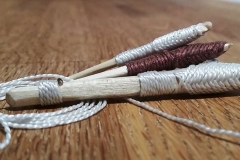As I near 30 and make some serious changes in my life I’m looking for things that I have had a continued appreciation for. One of those things is wood working. I spent a lot of time playing with bows and arrows as a kid, then building skateboarding ramps and larger plywood projects as a teen. I’ve taken on a few projects in the years and I’m working on wood carving, which I haven’t done much since I was a kid with a pocket knife.
I’ve picked up right where I left off, sharpening some pocket knives and going to work on some tree branches. During a trip to Ace to pick up some fasteners for my guitar rack I noticed some tree trimmings by their dumpster. I grabbed three branches. One was about an inch and a half in diameter and two feet long. The other two were about four inches in diameter, the shorter one about eighteen inches, the long one about two and a half feet.
My first project was inspired by a whittling book I found at Powell’s. It showed some intro projects and among them was a letter opener. I picked a good spot on the thinnest branch and found a section with knots pretty evenly spaced on opposite sides of the branch. I decided that would make for an interesting pommel and started thinning what would become the blade.
Taking the blade down reminded me what I enjoyed so much about carving wood. The way the solid wood peels away in delicate flakes and strips. The way the wood is slowly peeled back to expose each new layer, and the way the grain lines create a sort of topographical map of the carving.
Before too long I had slowly worked my way down to a relatively flat section about 1/4″ thick. I started shaping the wood and remembered something that always plagued my spears and arrows from childhood; the center wood was soft and inconsistent the surrounding wood. As I shaped the blade I needed to be very careful to minimize the effect of that soft wood on my blade shape. I couldn’t eliminate it completely and the blade still shows a slight “chip”, but overall I’m pretty happy with the shape.
I sawed the knife off the longer limb with a pruning saw and called it complete. I had considered removing the bark or carving the handle, but have decided to leave the natural look and look ahead to future projects.






